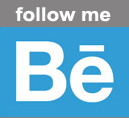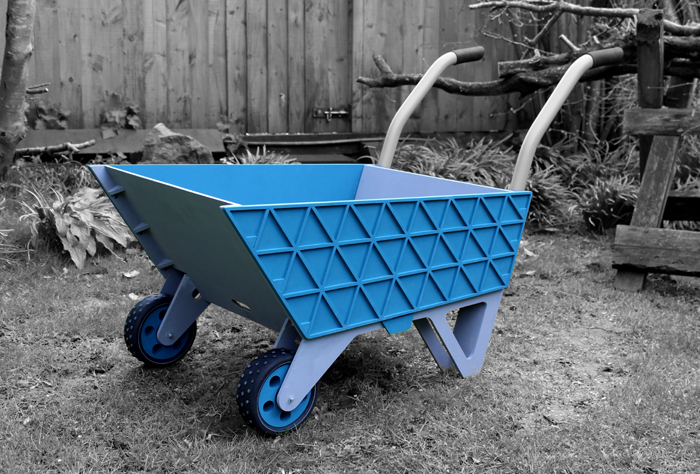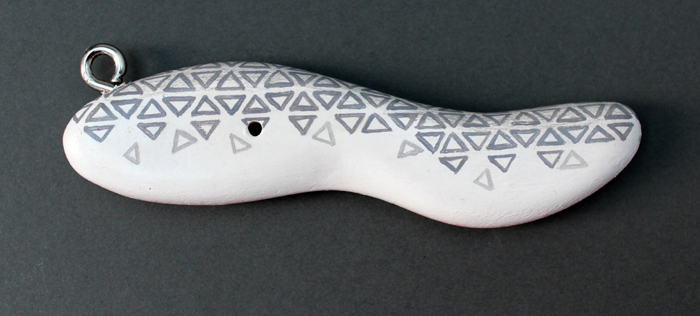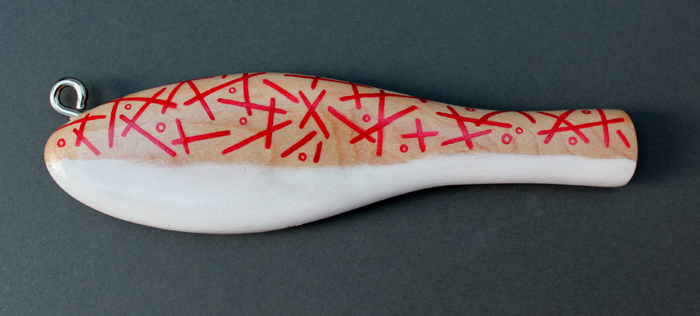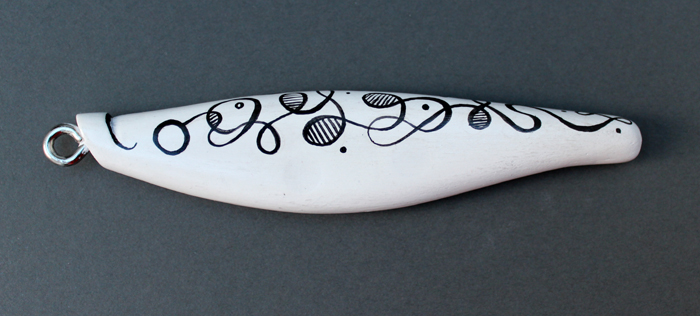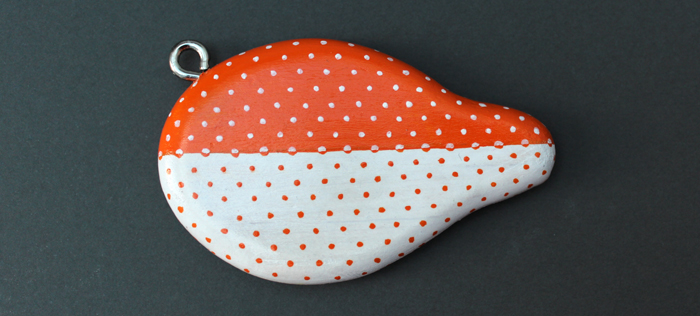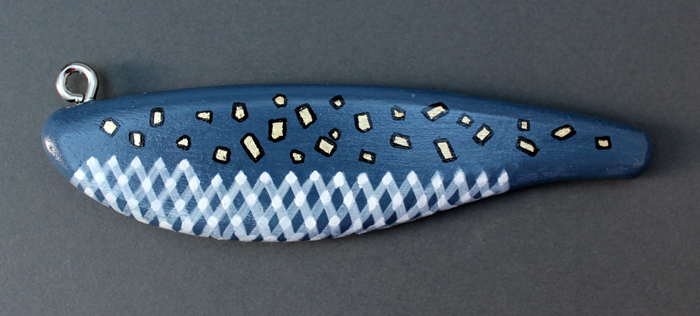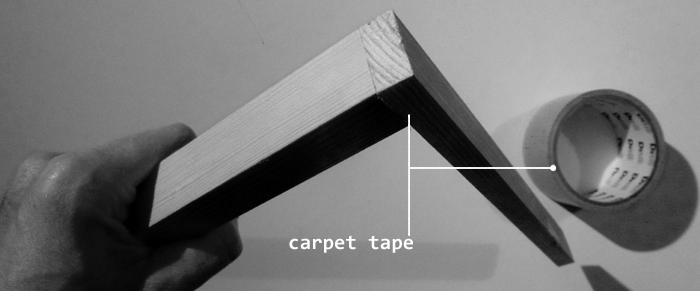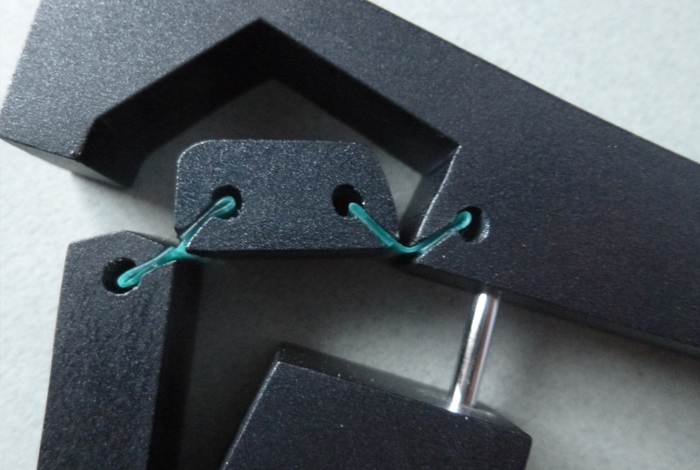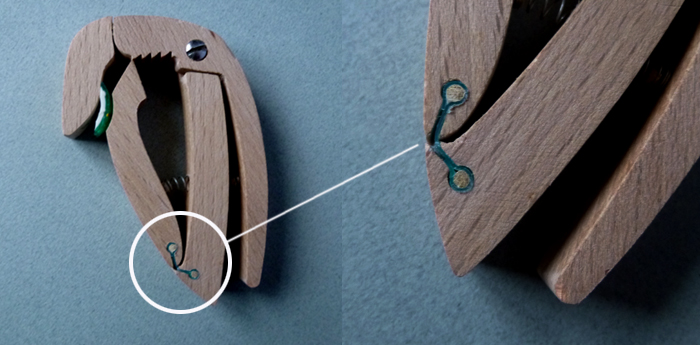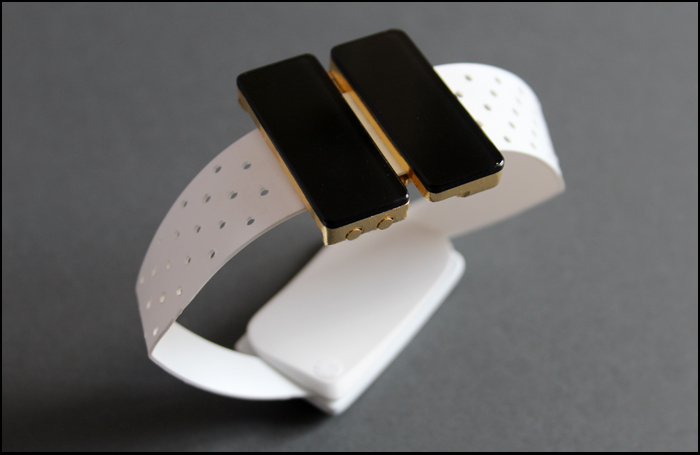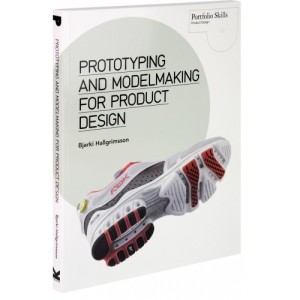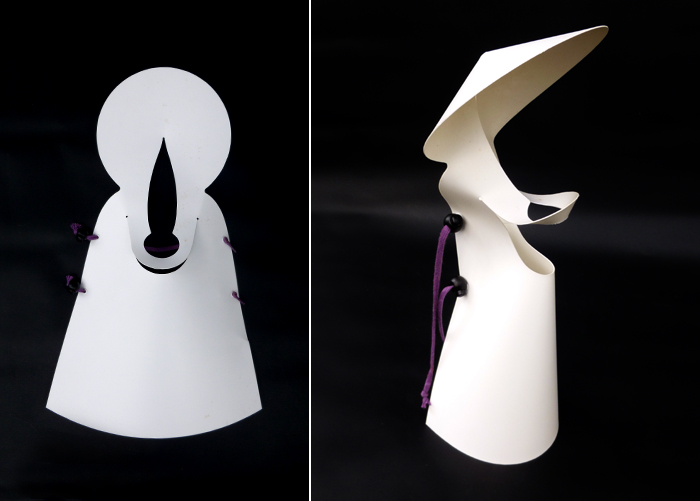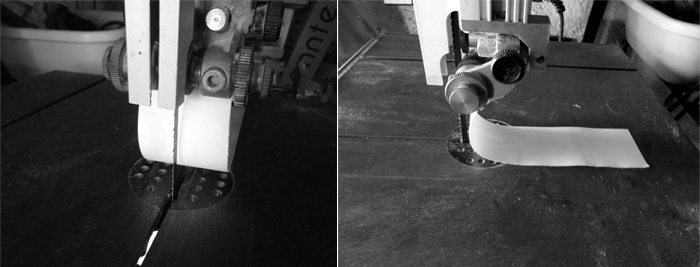I see lots of student work which looks amazing, but I know cannot be manufactured. The problem is a lack of time or care, where the designer has not made a model to test their idea (maybe a model is not part of the grade criteria). I want to address this, because I am noticing this trend increasing. So I thought about making an instructional video for students. Then I heard the Baz Luhrmann sunscreen song and wanted to use it as the inspiration and the idea went from there. Please watch the video.
The narration:
> Students of product design - make models.
> I have seen hundreds of portfolios, where students have been too quick to use CAD without first testing their ideas to see if they will work.
> The long term benefits of making models to quickly identify and solve problems has been proven by product designers over and over again. The rest of my advice is purely opinion. I will deliver this advice with a large nod to Baz Luhrmann, now.
> Design is a journey, when you begin a project you should not know what the end destination looks like. Do not be in a rush to get to the final solution. Get lost, go down many paths and enjoy what you discover.
> Always go too far and then come back.
> Research, know your audience, walk a mile in their shoes and if you can't, try to understand all the nuances surrounding who you are designing for and what you are designing.
> Never stop asking why.
> What ever you design, always try to make it new in some way.
> The brief is king, challenge it, exceed it, but you must answer it.
> CAD is only one tool, currently it cannot tell you how something feels or behaves in your hand or how heavy or uncomfortable it is in use.
> A pretty picture of a design is not a product.
> Take things apart, you cannot hope to improve anything if you don't know how it works.
> If you take a found object and put a light bulb in it, you are just up-cycling.
> People say you are only as good as your last project, rubbish! You are only as good as your next project because of everything you have learnt. Make lots of mistakes and learn from them.
> No real good has come from forcing anything, take regular breaks. Never think, 'that will do'.
> Don't design to make money, design because you care and trust me about making models.
 Tuesday, January 27, 2015 at 03:50PM
Tuesday, January 27, 2015 at 03:50PM 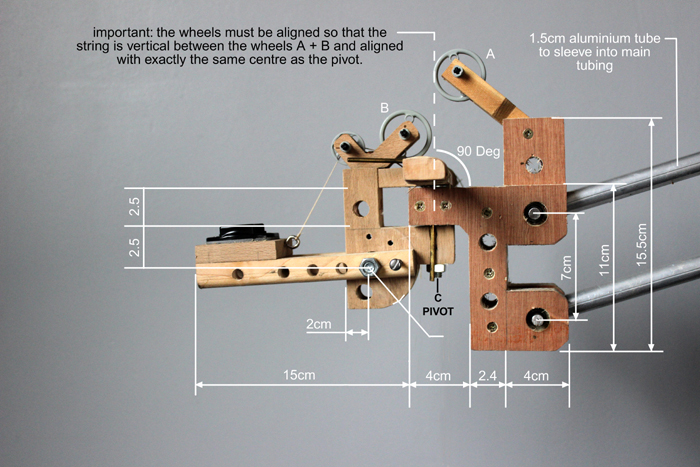
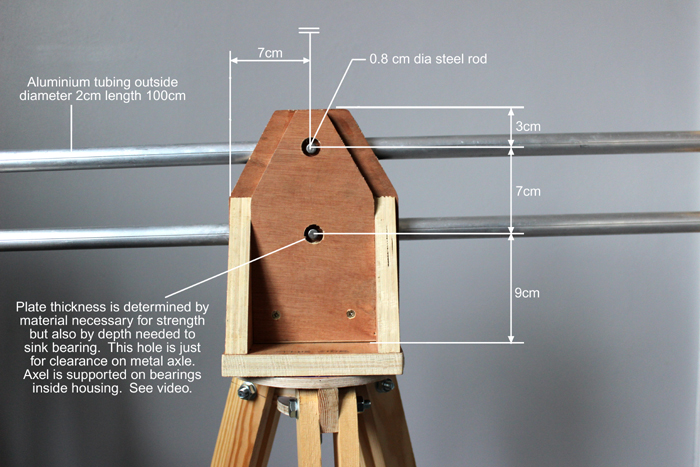
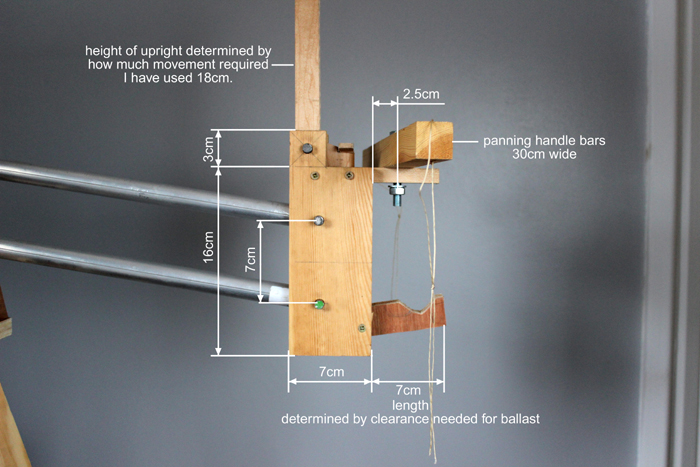
 camera crane,
camera crane,  plans in
plans in  model making,
model making,  prototype
prototype 

